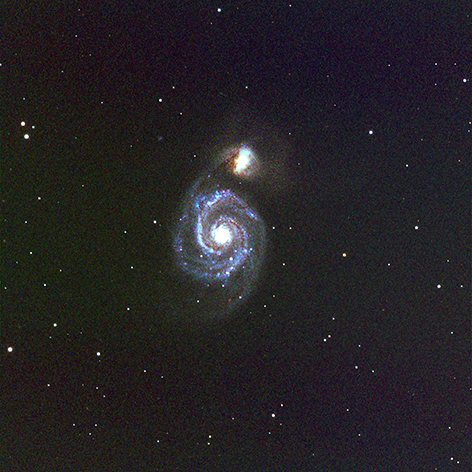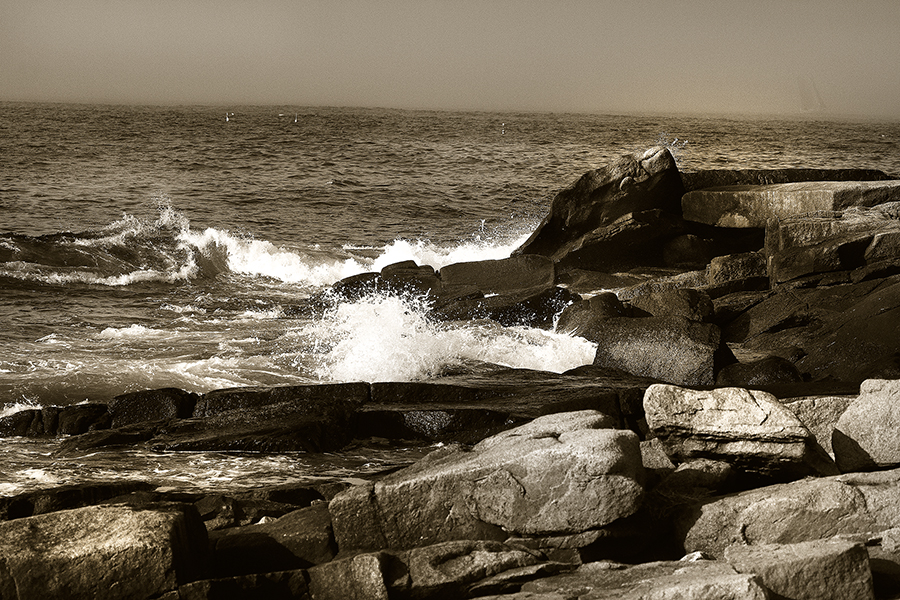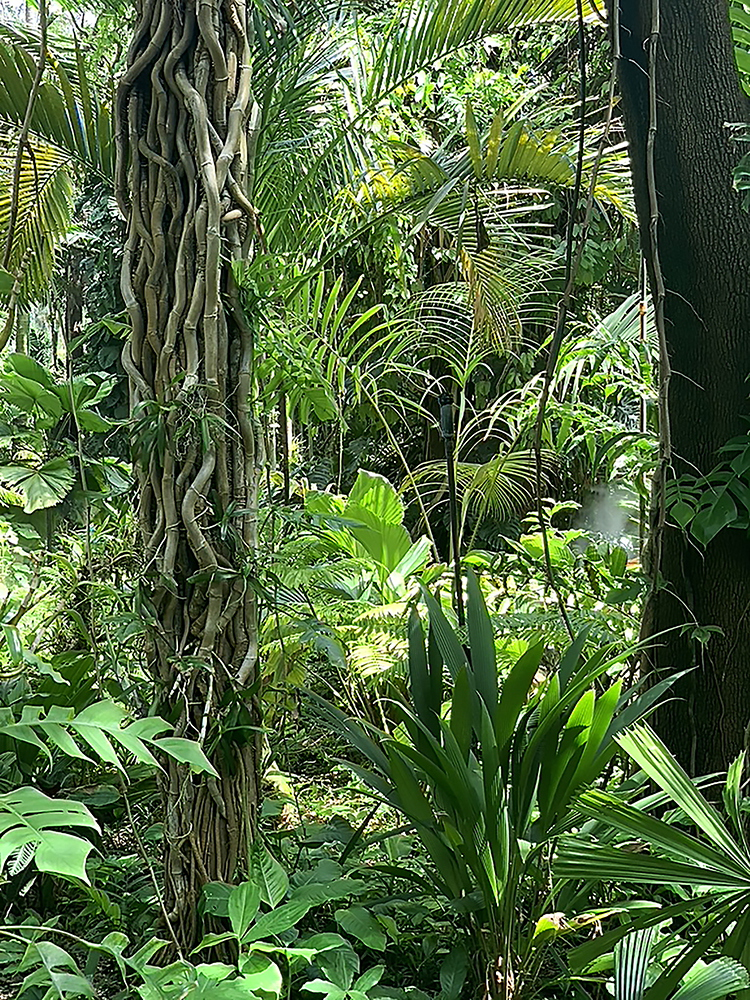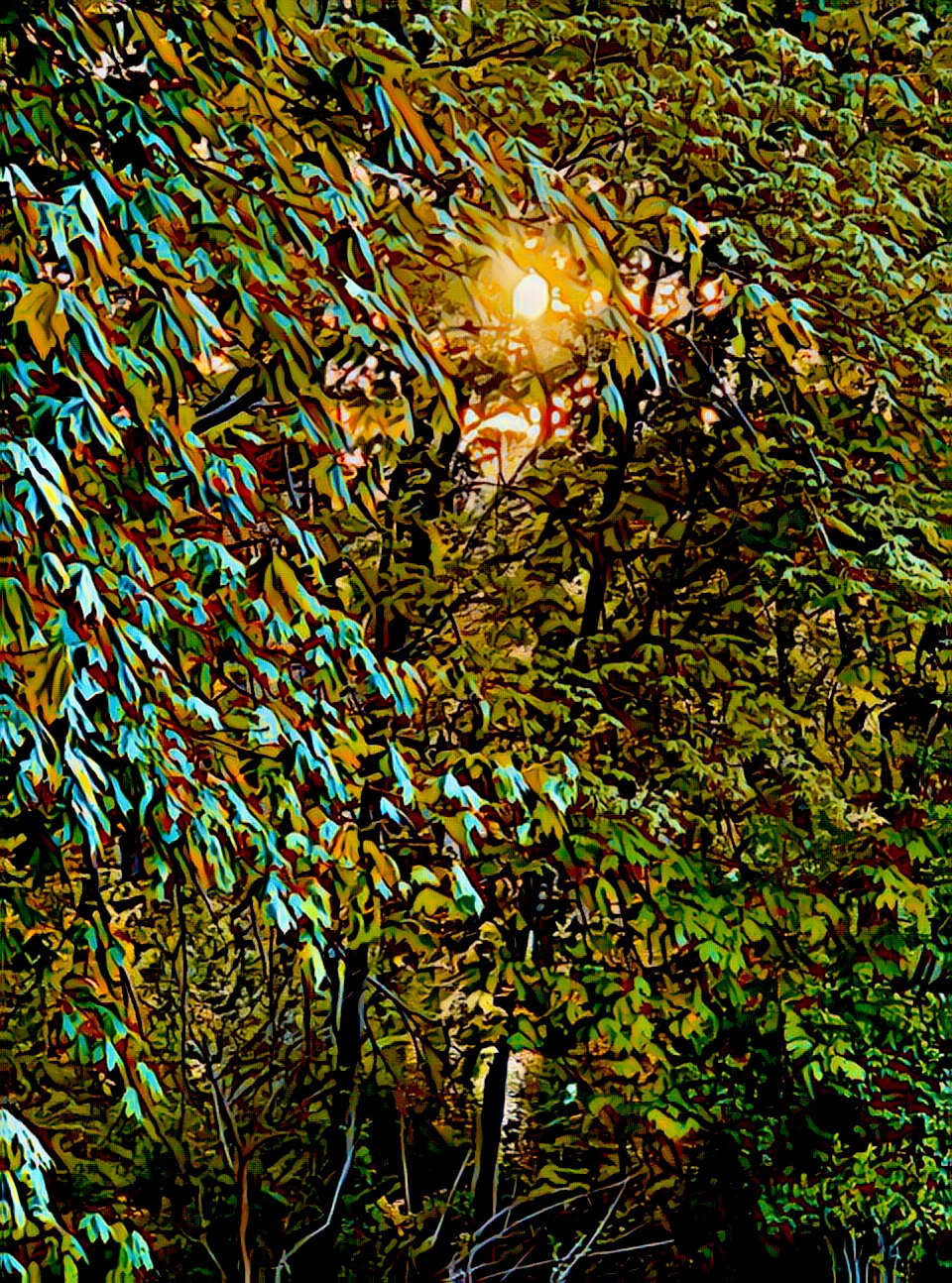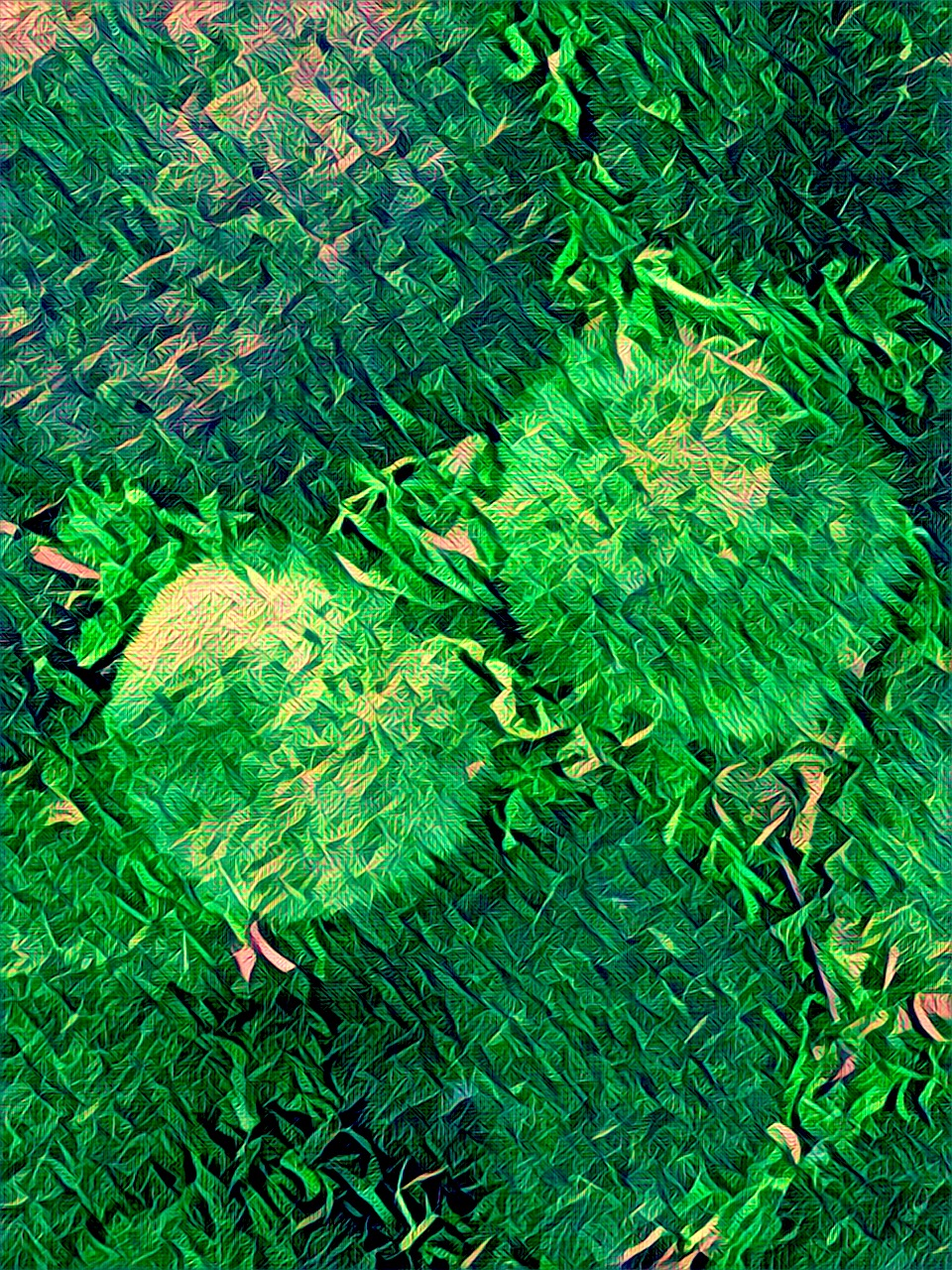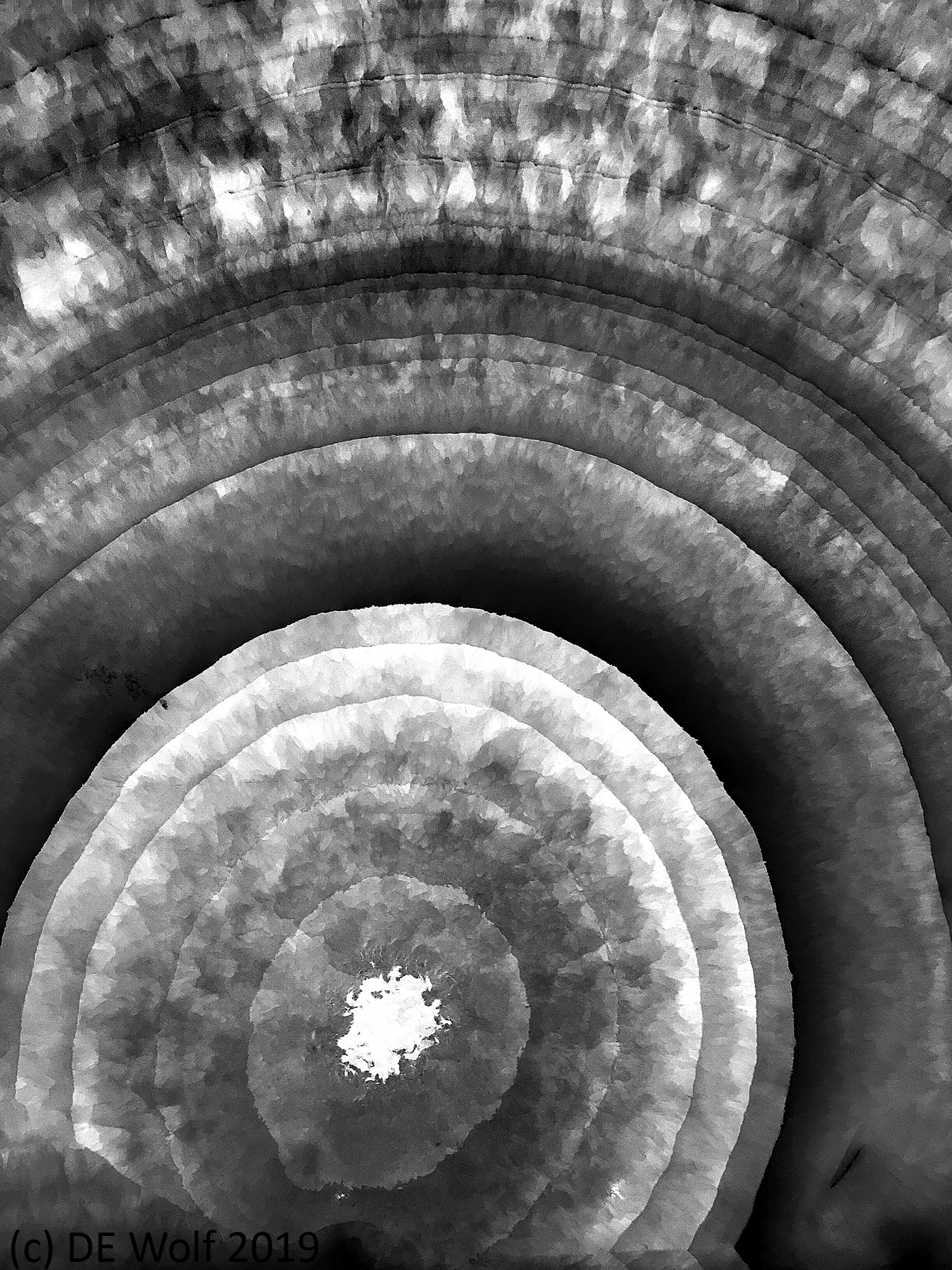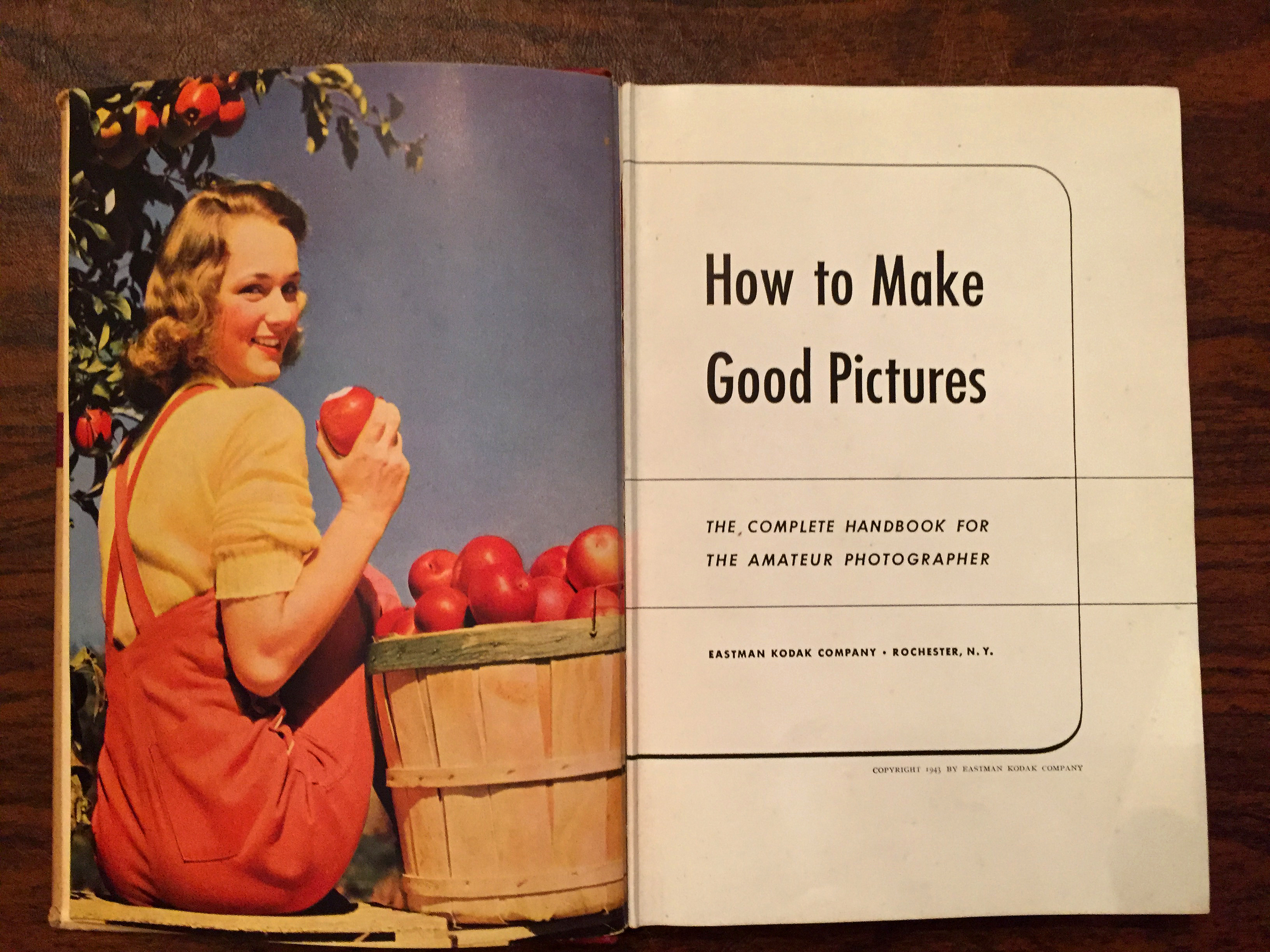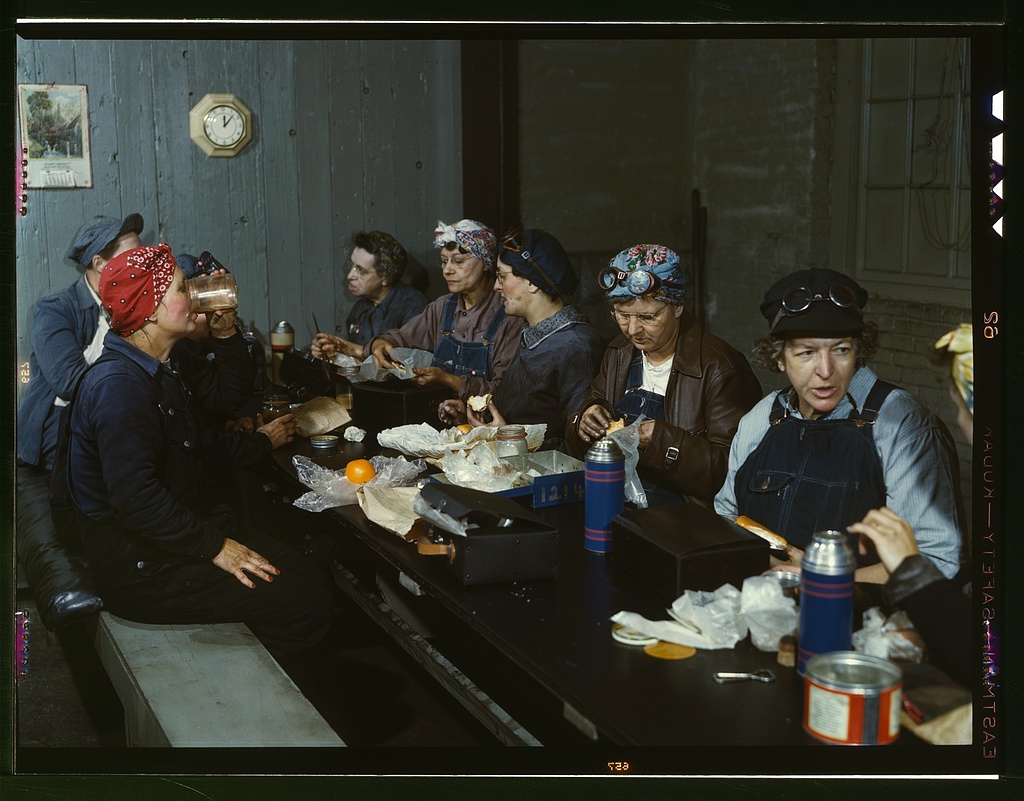Figure 1 is a photograph that I took of Messier 81, Bode’s Nebula two nights ago using iTelescope T24, a 0.61-m f/6.5 reflector, in Auberry, California. It is another example of encounters with robotic eyes. Bodes’s Nebula is a spiral galaxy about 12 million light-years away in the constellation Ursa Major. Messier 81 was first discovered by Johann Elert Bode on 31 December 1774; Bode being famous for Titus-Bode’s Law of planetary distances.
At first, I was a bit put off by the lack of sharpness in this image. Artistically it look like a little fuzzy pancake. But then I realized that I had looked at M81 myself with my own telescope the previous night, and that is exactly what it looks like. The appeal lies in the subtle color, in the incredible dynamic range between the galactic core and the outer band; it floats; it is gorgeously ethereal. M81’s core contains a black hole with the mass of 70 million Suns and 15 times the mass of the black hole at the center of our own Milk Way galaxy. Breath taking!
But moving from the sublime to the more mundane, what I really want to talk about today is my Roomba by iRobot. It cleans my house by command either using an app on my cellphone or using Alexa by voice command. My house has never been so clean! Every day I send it to a different room. It is constantly updating its map of my house. Yes, true learning! So, I think a true robotic encounter.
You are encouraged to name your Roomba. Mine is Rumpole. And everyday as I watch him systematically lumber to his task. I think of Leo McKern, who played this character on television.
But really, I tend to be reminded of the nineteen-sixties futuristic TV series “The Jetsons“ and in particular Rosie the Robot, the Jetson family’s XB-500 series robotic maid. Rosie came complete with a little frilly French maids outfit. Like Rumpole, she was forever cleaning.
Futuristic fiction always bears the flavor of modern times. The Jetsons takes place in a temporarily displaced 1960’s. It carries forward all the prejudices and quirks of the 60’s. Worse, of course, is Star Trek. Did we truly hope that the future would be just as sexist as the then present? Rosie is a human-like machine that pushes a vacuum around. Makes no sense from an engineering perspective. Rumpole takes a deep dive under the couch, in the search of alien dust bunnies. Indeed, on his first mission in my bedroom, he had an encounter with a paper towel under my bed. Rumpole growled a bit and spit it out. The paper towel did not fare as well.


